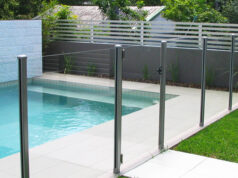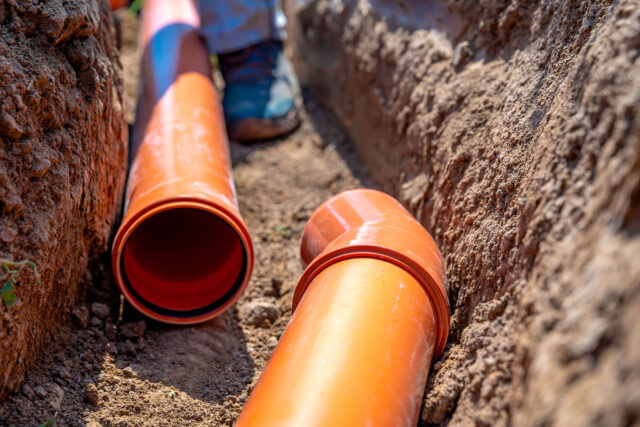
Water lines are the lifeline of any home, ensuring a steady supply of clean, potable water. However, like any other component of a house, these lines wear out over time, leading to leaks, water quality issues, and even property damage. Replacing water lines can be a daunting task, and the method chosen can greatly impact not just the immediate repair but also future maintenance and home value. In this article, we’ll explore three key methods for water line replacement that every homeowner should be aware of, to make informed decisions about this critical aspect of home maintenance.
Section 1: Traditional Water Line Replacement
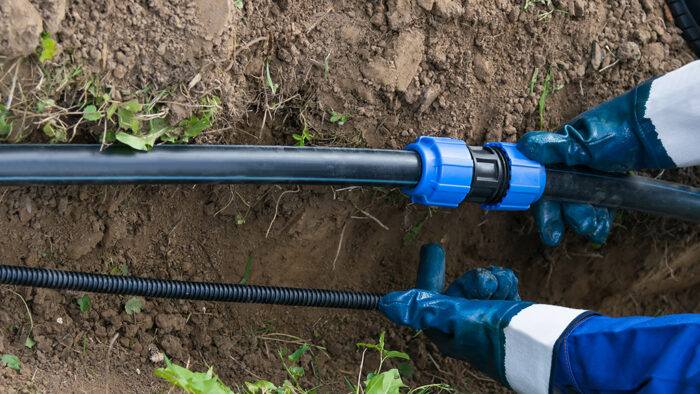
The traditional method of water line replacement is often what comes to mind first. This process involves excavating trenches along the old pipe’s path, removing the old pipeline, and installing a new one. It typically begins with a thorough assessment of the damage and the plotting of the pipeline’s course. Excavation equipment is then used to dig up the old pipe, which can be labor-intensive and disruptive to your yard and landscaping. This method allows for a complete overhaul of the water line and is suitable for situations where the damage is extensive or the entire line needs upgrading. However, the downsides include the potential for significant landscape restoration costs, the time taken to complete the project, and sometimes, higher overall costs.
Section 2: Trenchless Pipe Lining
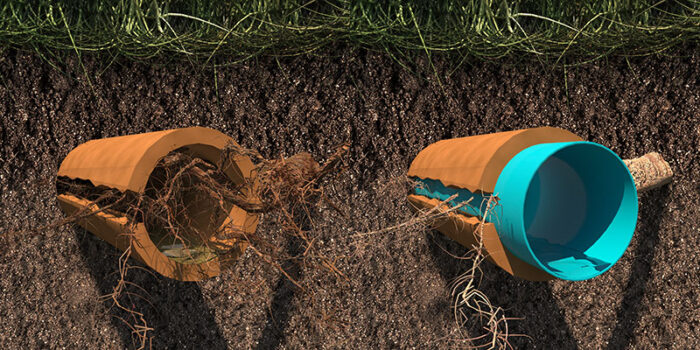
A more modern and less invasive method is trenchless pipe lining. This technique involves inserting a new pipe lining inside the existing water line. The process starts with a camera inspection to assess the damage and confirm the pipe’s suitability for lining. Then, a flexible liner coated with a special resin is inserted into the existing pipe and inflated, adhering to the pipe’s interior. Once the resin hardens, it creates a new, seamless pipe within the old one. The benefits of this method are significant: it causes minimal disruption to your landscape, can be completed faster than traditional methods, and is often more cost-effective in the long run. However, it’s not suitable for pipes that have collapsed or are severely misshapen and requires an upfront investment in specialized equipment and materials.
Section 3: Pipe Bursting
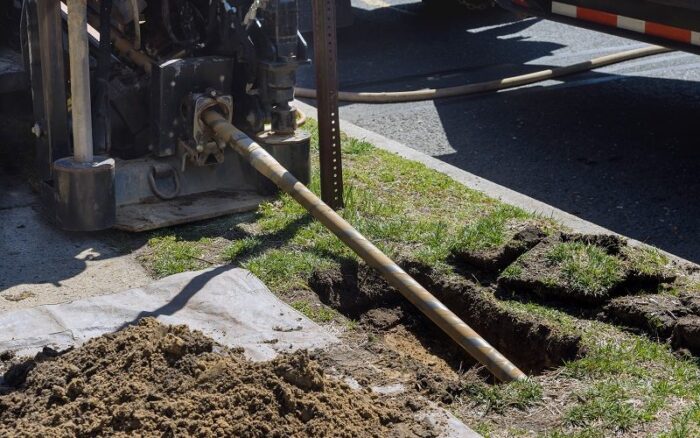
Pipe bursting, a method specifically designed for water line replacement, is an excellent option for severely damaged water lines. In pipe bursting water line replacement, the process involves breaking the old pipe while simultaneously pulling a new pipe into place. The procedure commences by creating two small access holes at either end of the existing pipeline. Subsequently, a bursting head is inserted into the old pipe and dragged through it with a cable, effectively breaking the old pipe apart and towing the new pipe behind it. This technique is particularly efficient for pipes that are beyond simple repairs and offers the advantage of being less disruptive to landscaping than traditional methods. However, similar to trenchless pipe lining, pipe bursting requires specialized equipment and may not be feasible in certain locations, particularly where underground utilities or tight spaces are a concern.
Considerations Before Choosing a Method
Before deciding on a water line replacement method, homeowners should consider several factors. The type of existing pipes, the location of the line, the extent of the damage, budget constraints, and local building codes and regulations all play a role in determining the most suitable method. Consulting with a professional plumber or a water line replacement specialist is crucial. They can provide valuable insights based on their experience and knowledge of local conditions and regulations.
Key Considerations for Choosing the Right Underground Water Line Contractor
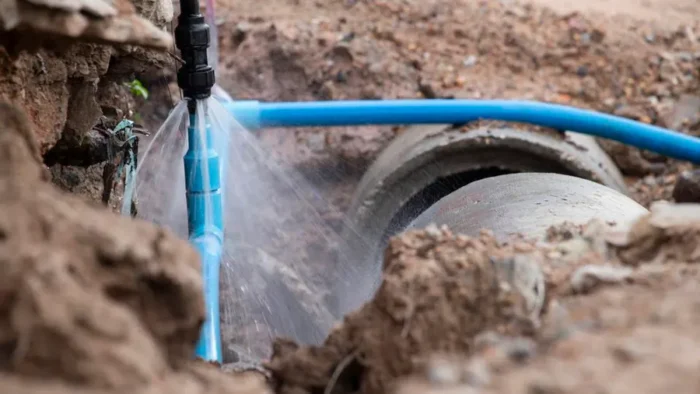
Here’s a list with four key points for selecting the right underground water line contractor:
Qualifications and Experience:
- Verify the contractor’s licensing, insurance, and bonding.
- Assess their experience in underground water line projects.
Reputation and Reliability:
- Evaluate through online reviews, testimonials, and direct references from past clients.
- Pay attention to their professionalism and communication skills.
Cost and Contract Details:
- Obtain and compare detailed quotes from multiple contractors.
- Ensure clarity in the scope of work, timeline, and breakdown of costs.
After-Service and Compliance:
- Inquire about the contractor’s warranty and after-service support.
- Confirm their process for obtaining necessary permits and adherence to local regulations.
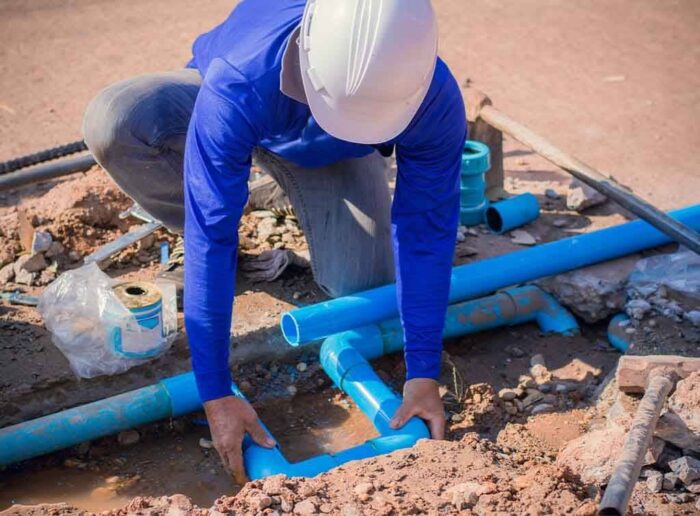
Choosing the right method for water line replacement is vital for ensuring the longevity and efficiency of your home’s water supply system. Each method has its advantages and disadvantages, and what works best for one situation might not be ideal for another. Homeowners are encouraged to seek professional advice tailored to their specific circumstances. Properly replacing your water line not only solves immediate problems but also secures your home’s functionality and value for the future.





